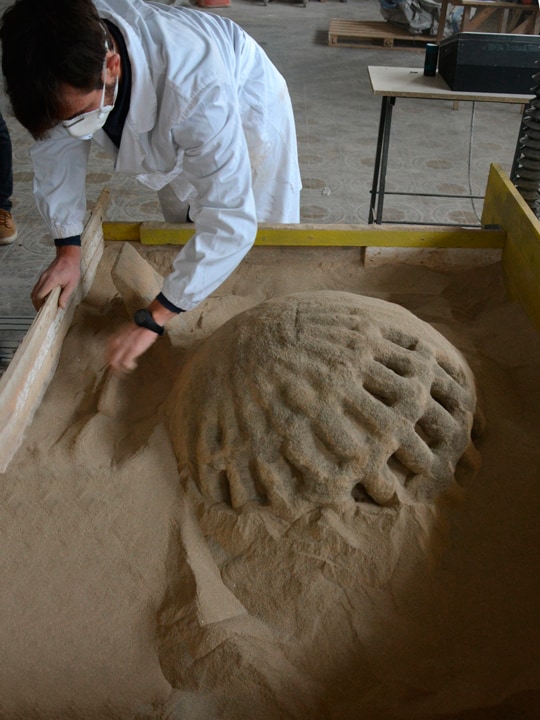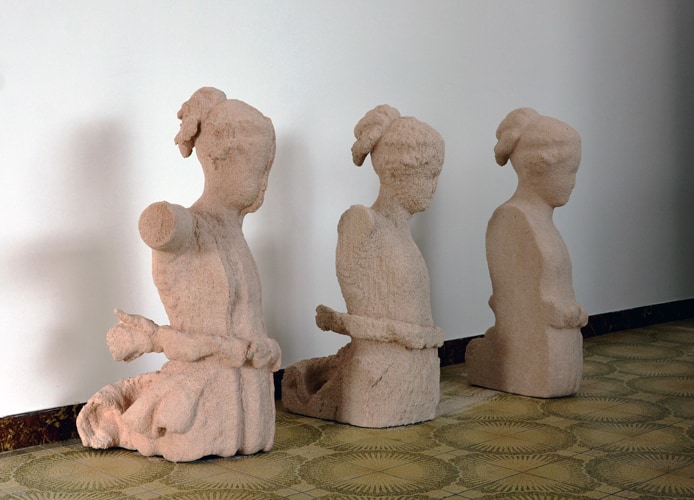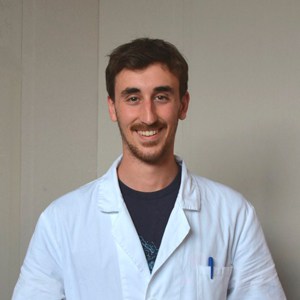INTERNATIONAL COLLABORATIONS: RESEARCH AND DEVELOPMENT AT HIGH LEVELS
Teamwork, comparison and discussion, union of multiple different skills and backgrounds and collaborations, particularly international ones, are essential for a dynamic and effective research and development. Evolution and innovation are never closed and isolated worlds on themselves from the rest.
For this reason in the last weeks it has been a pleasure and a stimulus to host in Desamanera, once again, the researchers of BAM, the Federal Institute for Research and Testing of Materials in Berlin. This time, for a short visit, other colleagues from the Technology of Construction Materials division also joined the research team that we know well, composed by Prof. Jens Günster, PhD Janka Wilbig and Dr. Ing. Andrea Zocca.
Our collaboration is started within the H2020 RISE Amitie project – Additive Manufacturing Initiative for Transnational Innovation in Europe, or “Initiative on Additive Manufacturing for International Innovation in Europe” an EU-funded project through Research & Innovation Program, of which we have already told you here and here. The partnership has now gone beyond the simple participation in a joint project, becoming a stable and long-lasting interest. We are developing and studying together new approaches, processes and applications to be implemented through Desamanera’s proprietary large 3D printing technology.
Desamanera 3D printing technology is indirect powder-based.
The technology is defined indirect on powder-bed because the piece “grows” inside a full volume of material, selectively activating only the areas that have to be consolidated, through the deposition of water. The printing process is relatively “simple” (we invite you to watch this video to understand how the printer works) and for this reason with the BAM team we worked on details – technical specifications, parameters, variables – that make the difference.
We started with the improvement of the whole printing process, developing the system of loading and depositing the powders and the methods of selective deposition of the liquid that activates the binder and consolidates the powder bed.
Then we moved to the study of the raw materials, that often coming from the recovery of other processes waste to fulfill our need and attention to environmental sustainability. The study of materials characteristics and properties allows us to define the best formulations according to the types and quantities of aggregates and binders used.
Finally, we have come full circle. We tested and optimized operating parameters such as the print speed or the quantity of liquid deposited, depending on the synergies between materials and process, each with its particular conditions and characteristics, and the application needs of each time different.
Over time, during reciprocal secondments, we also produced and printed new objects, to evaluate and confirm potential and applicability of technology and materials in different sectors. From the artistic and cultural heritage (for example Ebe, in the image below) to the civil and environmental components (such as sewage or road part), from the aesthetic design (Schwarz P surface, see the video) to the functional one (load speakers). Having also lighter and recreational moments: because this, as well as what was said at the beginning, keeps the commitment to work fertile and stimulated.
Partial reproductions of Ebe by Antonio Canova, made in 2017.
The three parts are print tests and allow to appreciate the great differences in results in view of small changes in the printing parameters.
The collaboration and contribution of BAM have enhance us in many ways, but we have certainly intrigued and stimulated them too. Increasing their interest in large scale 3D printing, in the possibilities that Desamanera’s printers offer for applications and developments in different sectors of great interest, because with a simple but solid process, they allow the use of different materials and formulations, defined as needed, with extreme versatility and speed.
Well, they allow to throw ourselves headlong into new ideas and projects, exactly what researchers, including us, love.
Thank you very much Janka, Andrea, Jens.
See you soon!
Bis zum nächsten mal!
Published on 4th October 2019








